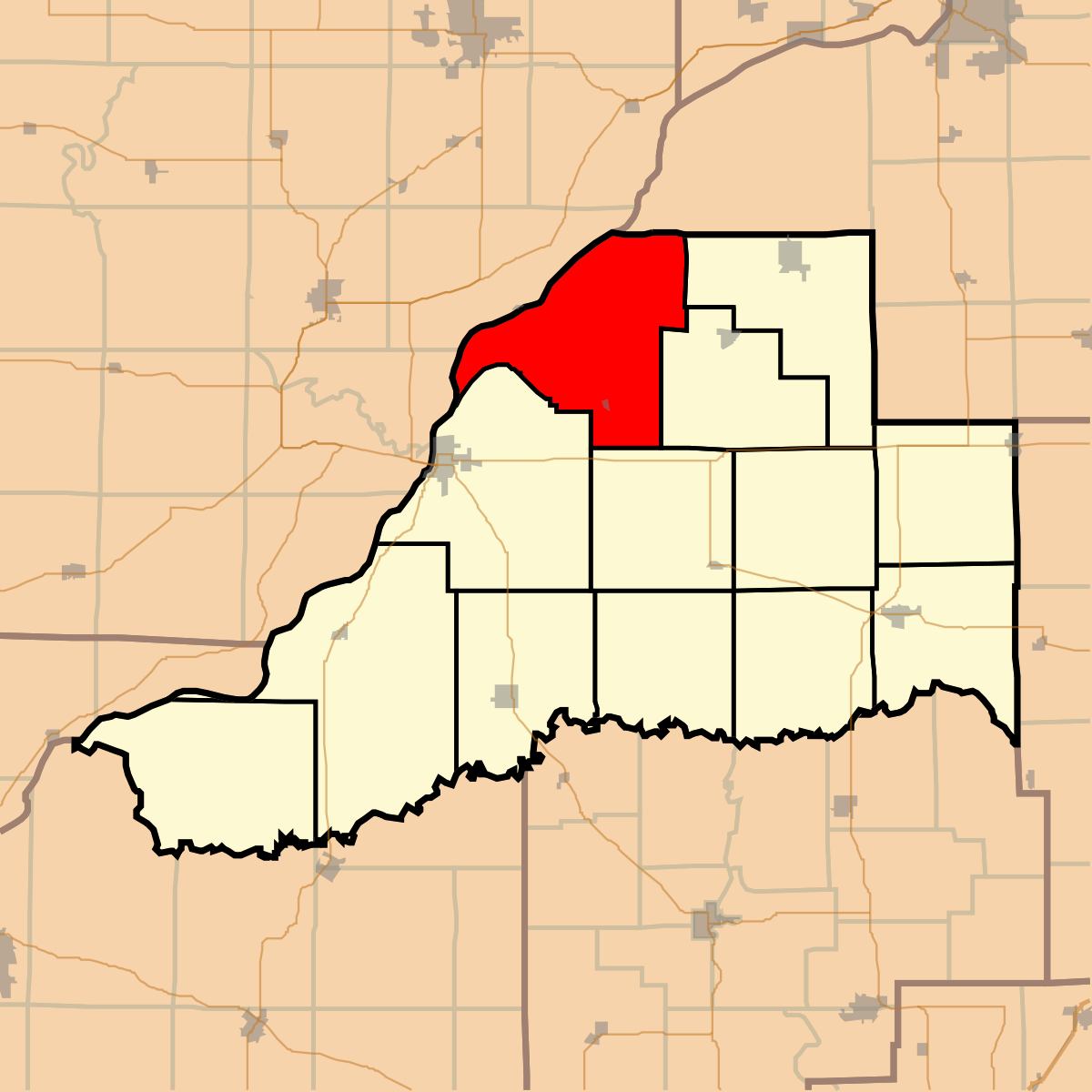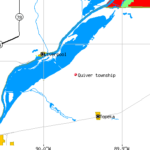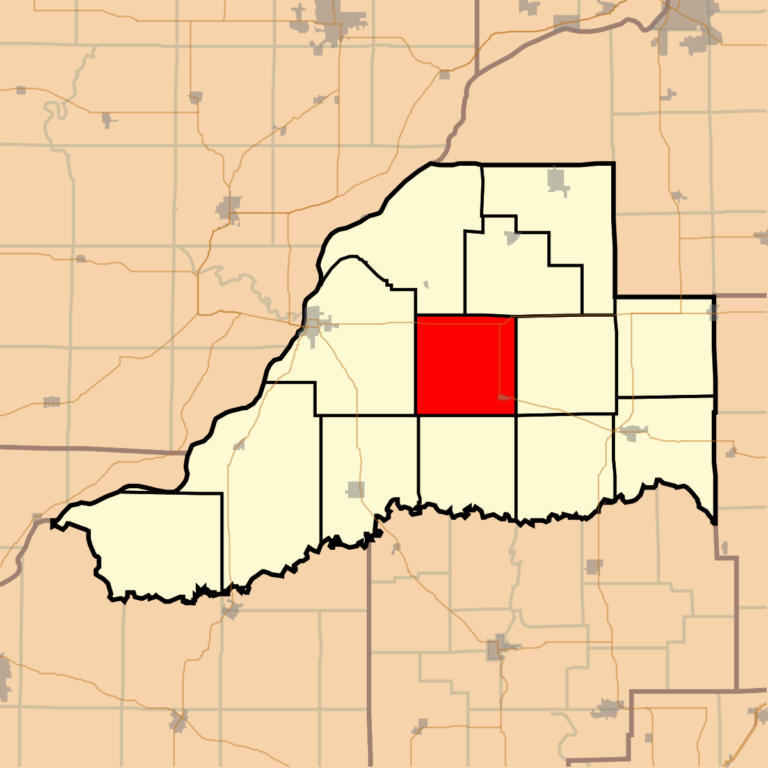Quiver Township History
This from a book about Mason County History and covers circa 1834-1880.
next week- Manito Township
HISTORY of QUIVER TOWNSHIP Part 1
Fifty years ago half a century ! A period of time that measures off the birth, growth and decay of almost two successive generations of mankind ! Fifty years ago ! Since then, what mighty changes have marked the onward march of time in this great and growing West Cities have been builded,vast areas, even in our own State, populated, and large portions of its territory,reclaimed from native wildness, have been brought to a high state of cultivation and made to yield abundant harvests of plenty to the toiling husbandman.
Within these years, the nation has been convulsed from its center to its circumference with the throes of civil war. Te patriot son of the sturdy old pioneer has gone forth to battle in his country’s cause, but his return comes not at setting of the sun. Thousands of homes have been made desolate by the cruel ravages of war in our own fair land, but the nation’s honor has again been sealed by the blood of her noble and daring sons.
Fifty years ago, not a single cabin had been erected in the territory now included in Quiver Townships Indeed, it is not definitely known that more than a single family had settled within the limits comprising the present county of Mason. This township is located in the extreme northwest corner of the county, and comprises in its area about fifty sections. It is bounded on the north and northwest by Tazewell County and the Illinois River ; east by Manito and Forest City Townships ; south by Sherman and Havana Townships, and west by the Illinois River. By far the larger portion of the township is prairie, the timber-land being, for the most part, confined to the western section along the river bluff. A limited amount of timber is found in the northeast cor- ner of the township, the outskirts of what is known as Long Point timber.
The character of the soil is similar to that of the adjacent townships. The western part is somewhat broken, often rising into bold, rounded bluffs and ridges of sand. The woodland portion is not very productive ; it does not afford pasturage, nor, when cleared and cultivated, does it yield as abundant harvests as the prairie land. The central and southern portions are very fertile, and annually produce large crops of corn, wheat, rye and oats, though corn is the staple product.
Clear Lake and Mud Lake are found in the northwest corner of the township. Duck Lake, an expansion of Vibarger Slough, is situated in the southwestern portion of the township. Quiver Creek is the only stream of any consequence flowing through the township. This stream enters the township at its eastern boundary, flowing in a general southwestern direction through Sections 28, 29 and 30. Near the western boundary line of Section 30, its course changes to the northwest, and from this point the stream forms the dividing line between Havana and Quiver Townships. The township received its name from the water-course, of which we have just spoken. The creek is said to have been named by early huntsmen from Menard and Fulton
Counties. At certain seasons of the year, standing a short distance back from the banks of the stream, one was enabled, by gently swaying the body to and fro, to impart a wave-like or quivering motion to the surface for some distance around him. From this it early acquired the name of Quiver land, and to the stream, naturally enough, the name Quiver Creek was applied. While it is a small and unimportant stream, it was made to subserve a large and important interest in the early settlement of the county. On the south bank of the stream, near the northeast corner of Havana Township, Pollard Simmonds erected a small grist-mill as early as 1838 or 1839. But as the mill is now included in the limits of Havana, a full account of the enterprise will be given in the history of that township.
EARLY SETTLEMENT
Though a settlement had been made west of the creek as early as 1835 or 1836, no one had ventured to cross the stream and locate in what is now Quiver Township prior to 1837. John Barnes, from Kentucky, had located at the Mounds as early as the first mentioned date. Of his wife it may be truthfully said that she was a faithful helpmeet. She was a woman possessed of great
muscular strength, and could wield an ax as skillfully as an experienced woodman. With an ordinary amount of exertion, she could turn off her one hundred and fifty rails per day. At his home, Joseph Lybarger and family, the first settler of Quiver Township, stopped some weeks prior to crossing the creek and starting his improvement. Lybarger was from Pennsylvania, and
was a blacksmith by trade.
The exact date of his settlement cannot be fixed to a certainty, but it is more than probable that it occurred in the spring of 1837. There are some who think it may have been as early as the summer of 1836, but the preponderating weight of testimony is in favor of the first mentioned date. Soon after coming, he opened a shop, and for a number of years did the work of general blacksmithing for a large scope of country. In the summer of 1837, Henry Seymour came and settled east of Lybarger’s. About one month later, Peter Ringhouse, who had been stopping a short time in St. Louis, came and settled about midway between the ones already mentioned, though a short distance further west. Ringhouse was originally from Germany, but had lived some years in Baltimore before coming West. William Atwater came from Connecticut, and located in the immediate neighborhood in 1838.
He had served an apprenticeship and for a number of years had followed the silversmith’s trade. He erected a frame building, doubtless the first in the township, and began improving his farm. For some two years after coming, he led the life of a bachelor, and farmed with about the usual amount of success that all old bachelors are permitted to enjoy. The climate did not seem to agree with his constitution, and for some considerable length of time he was annoyed with chills and fever. So thoroughly dissatisfied did he become at one time, that he determined to exchange the best eighty acres of his quarter section for a horse and wagon, and the tail-end of a stock of goods in Havana.
These latter articles he intended to peddle through the country, and with the proceeds and avails he hoped to be able to flee the country and make good his return to his native State. But he was destined to become one of the early permanent settlers of Quiver Township, however slow he might be to accept the situation. On communicating his intentions to one of his neighbors, he
remonstrated with him at the folly of his proposition, and suggested the propriety of his taking a helpmeet and beginning life in earnest. Mr. Atwater acted upon the suggestion, and what we know is. that not many months after- ward, Miss Elizabeth Ringhouse became Mrs. Elizabeth Atwater. The alliance thus consummated led to a life of happiness and prosperity. He continued to live at the place of his first settlement till the date of his decease, which occurred some eight or ten years ago. His widow yet survives him, and occupies the old homestead. John Seeley, William Patterson, and a man by the name of Edwards, settled further north along the edge of the bluff timber as early as 1840 or 1841. Isaac Parkhurst settled near Quiver Creek in the southwest corner of the township, in 1840, and was a Justice of the Peace when this section was included in Tazewell County. He remained but a few years, and then moved to Peoria.



